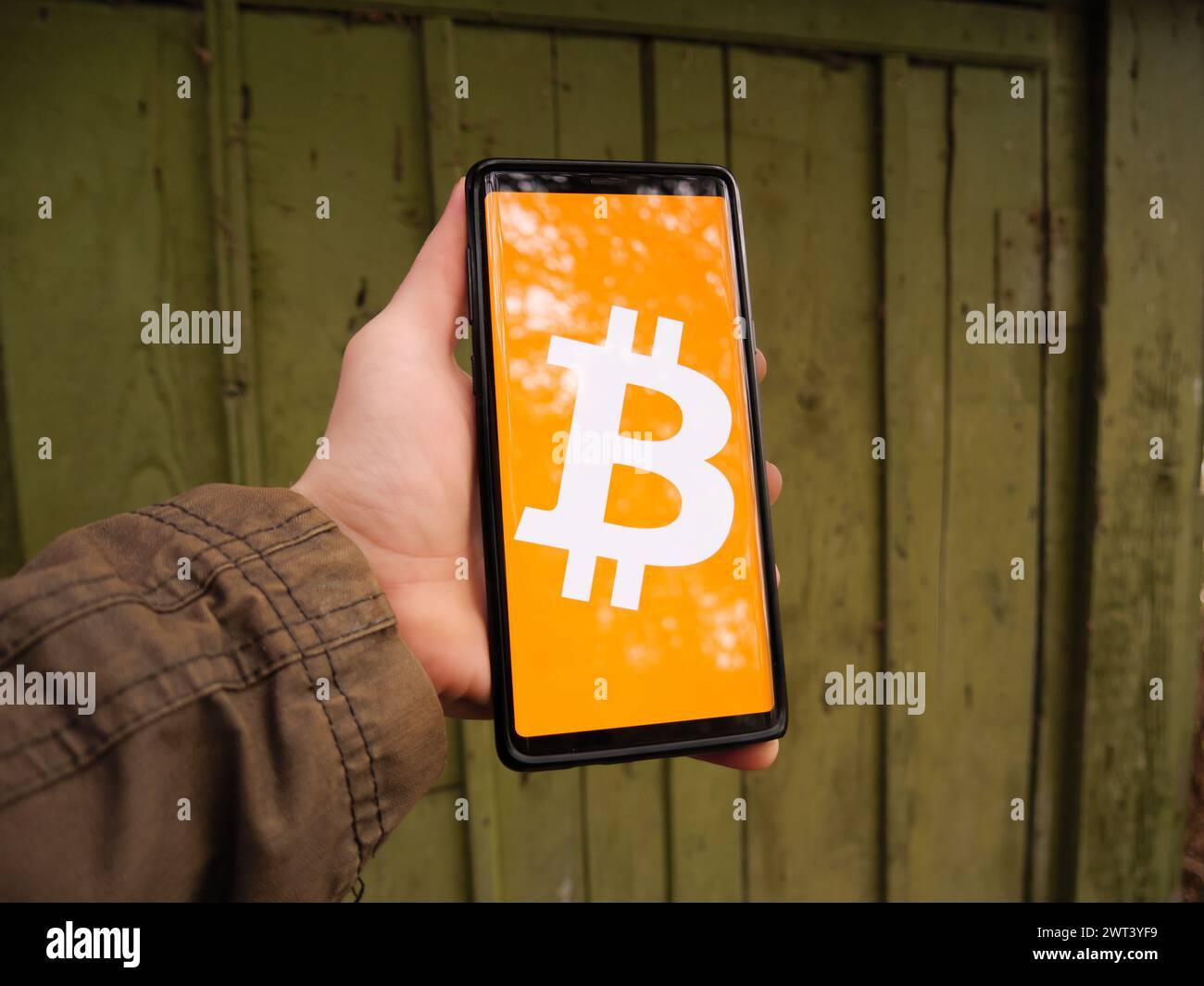How To Mine Bitcoin: A Guide For Beginners

How to Mine Bitcoin: A Beginner's Guide**
Bitcoin mining involves using powerful computers to solve complex mathematical problems that validate and secure Bitcoin transactions. When a miner solves a problem, they are rewarded with Bitcoin. Here’s a step-by-step guide for beginners:
### 1. **Understand Bitcoin Mining**
Bitcoin operates on a decentralized network called blockchain. Miners ensure the network's security by solving cryptographic puzzles, validating transactions, and adding them to the blockchain. In return, miners receive Bitcoin as a reward, known as the "block reward."
### 2. **Know the Requirements**
- **Mining Hardware (ASICs)**: Initially, Bitcoin could be mined using regular CPUs and GPUs. However, today’s mining requires specialized hardware called **Application-Specific Integrated Circuits (ASICs)**. Popular examples include Bitmain Antminer S19 or MicroBT Whatsminer M30S. These devices are designed for efficient Bitcoin mining.
- **Mining Software**: To connect your hardware to the Bitcoin network, you’ll need mining software. Some popular options include:
- **CGMiner**
- **BFGMiner**
- **EasyMiner** (for beginners)
- **Electricity**: Mining is energy-intensive, so a stable and affordable electricity source is crucial.
- **Internet Connection**: A stable internet connection is necessary for uninterrupted mining.
### 3. **Choose a Mining Pool (Optional)**
Mining Bitcoin alone (solo mining) is difficult due to high competition. Many beginners join **mining pools**, where miners combine their computing power and share rewards. Popular mining pools include:
- Slush Pool
- F2Pool
- Antpool
Pools help provide a steadier stream of rewards, but they charge fees (typically 1-3%).
### 4. **Set Up a Bitcoin Wallet**
You’ll need a wallet to store your mined Bitcoin. Popular Bitcoin wallets include:
- **Hardware Wallets**: Ledger, Trezor (best for security)
- **Software Wallets**: Electrum, Mycelium
Ensure you back up your wallet's private key and seed phrase, as they are critical for accessing your funds.
### 5. **Start Mining**
- **Install Mining Software**: After downloading your preferred mining software, configure it according to your ASIC or GPU setup.
- **Join a Mining Pool (if chosen)**: Configure your software to connect to the chosen pool by entering the pool's server address and your wallet address for receiving rewards.
- **Monitor Progress**: You can track your mining efficiency and rewards via the software's dashboard or pool website.

### 6. **Calculate Profitability**
Bitcoin mining profitability depends on various factors:
- **Hash Rate**: The power of your mining device (measured in terahashes per second or TH/s).
- **Electricity Costs**: Mining consumes a lot of electricity, so it’s important to calculate how much energy you’re using.
- **Bitcoin Price**: Since rewards are given in Bitcoin, your profitability depends on Bitcoin's market price.
- **Mining Difficulty**: As more miners join, the network increases the difficulty of solving puzzles.
Use online calculators like **CryptoCompare** or **WhatToMine** to estimate your profitability.
### 7. **Stay Updated on Bitcoin Mining Trends**
Bitcoin mining difficulty and profitability can fluctuate. It’s important to stay updated on changes in Bitcoin's algorithm, upcoming halving events (which reduce the block reward), and the price of Bitcoin.
### 8. **Consider Cloud Mining (Alternative)**
For those who don’t want to invest in expensive hardware, **cloud mining** offers an alternative. Cloud mining companies allow users to rent computing power to mine Bitcoin remotely. Be cautious when choosing a provider, as there are many scams. Reputable providers include:
- Genesis Mining
- Hashflare
### 9. **Understand the Risks**
- **Volatility**: Bitcoin’s price is highly volatile, meaning mining rewards can vary significantly.
- **Initial Costs**: Mining hardware is expensive and requires an initial investment. Additionally, running costs (electricity, maintenance) can affect profitability.
- **Regulatory Risks**: Some countries have banned or restricted Bitcoin mining due to energy consumption concerns.
### Conclusion
Bitcoin mining can be profitable but requires significant investment in hardware and energy. For beginners, joining a mining pool or considering cloud mining might be a more accessible option. Always calculate profitability before diving in and stay informed about market trends and developments in the mining industry.





